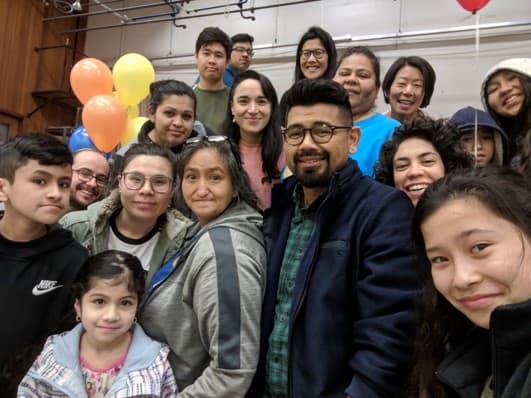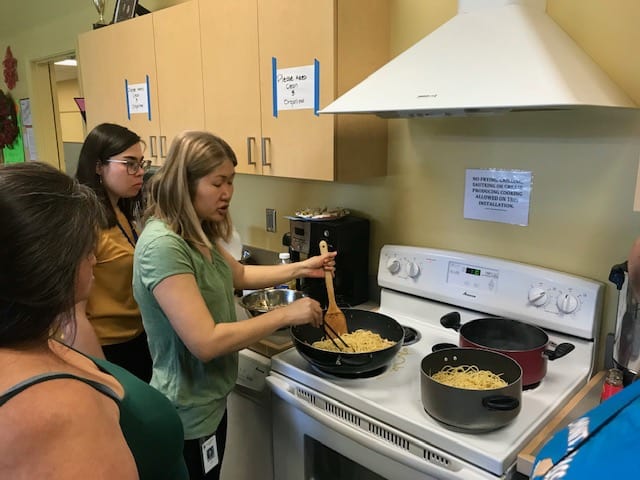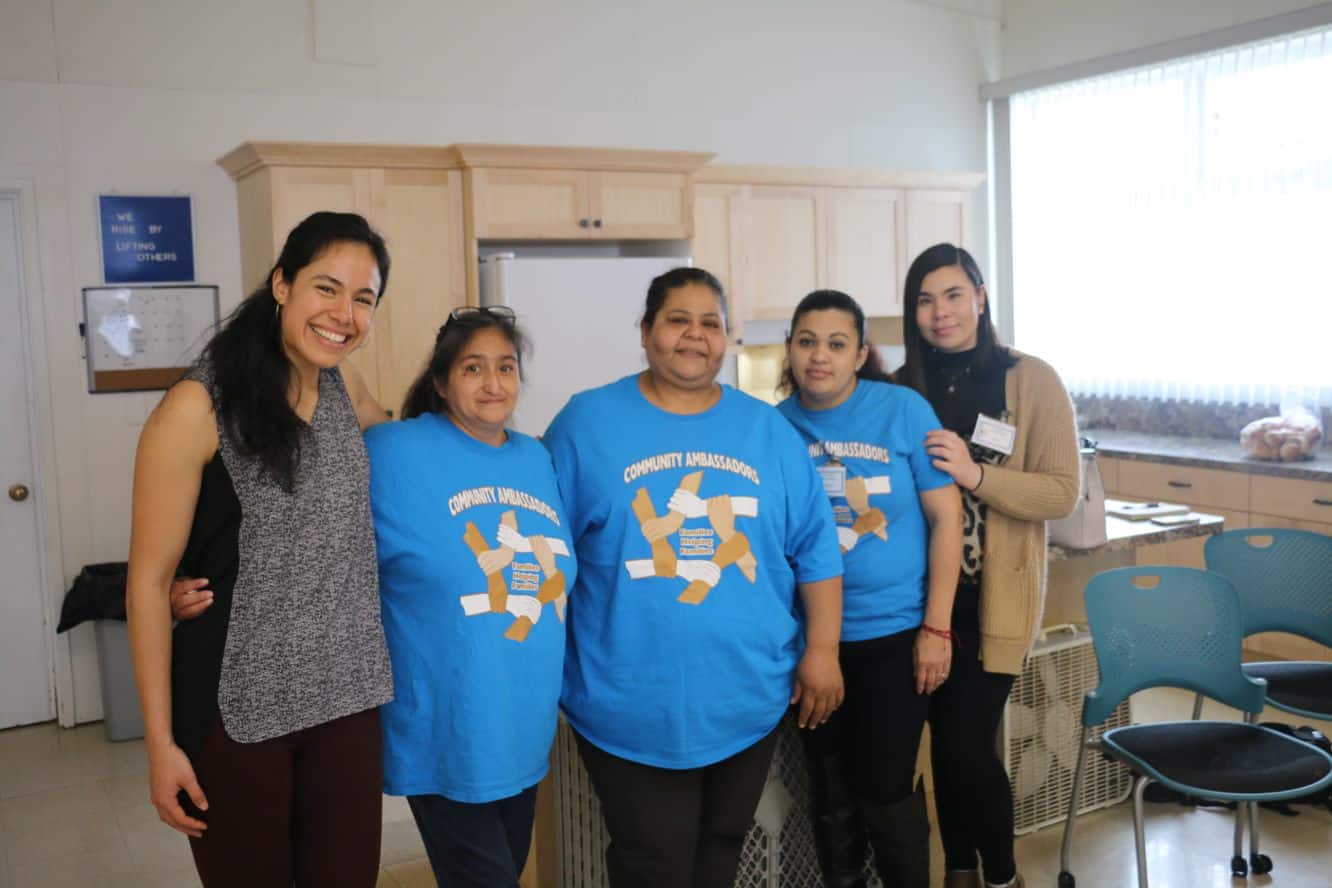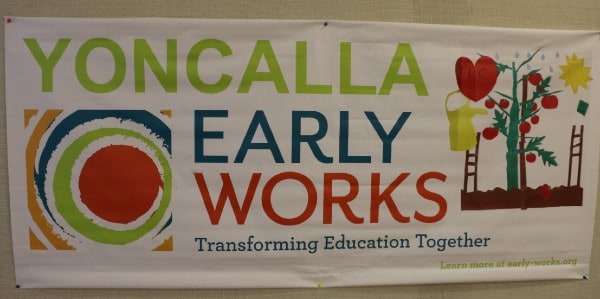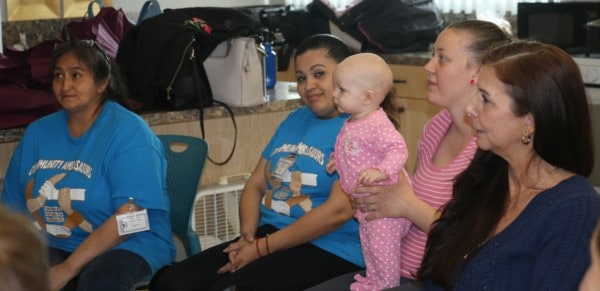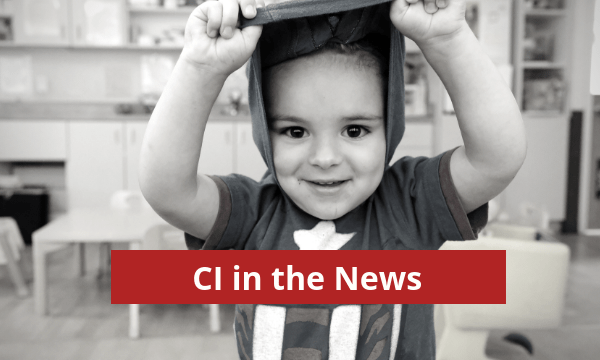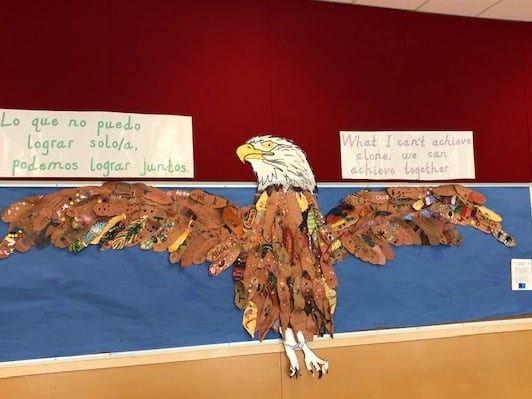Contact: Rafael Otto | Director of Communications | (503) 219-9034 | rafael@childinst.org
Portland, OR — Children’s Institute, an early childhood policy and advocacy organization, has chosen Beaverton and Forest Grove School Districts to participate in the first round of a new multi-year initiative.
Early School Success (ESS) aims to align instructional practice between preschool and the early grades. Beaverton and Forest Grove were selected from 13 district applicants in a competitive statewide process that began last year. The initiative will grow to include an additional two districts in 2022.
“This was a really tough decision,” said Swati Adarkar, President and CEO of Children’s Institute. “We had so many districts who demonstrated a willingness and a readiness to partner with us to answer a key question: How can we make sure that a high-quality preschool experience carries through to the early grades? We know that gaps in achievement are present before kids ever step foot into a kindergarten classroom. But we also know from experience that when we collaborate and leverage the strengths in our communities to serve kids, we set them up for long-term academic and life success.”
ESS partners will form district-wide leadership teams that will receive tailored support, coaching, and other facilitated planning resources to improve instructional alignment between preschool and the early grades. A cross-district professional learning community will extend the reach and impact of ESS approaches to additional districts.
Children’s Institute’s vision for the initiative has grown out of research on child development, culturally-responsive teaching, and social and emotional learning. It also draws on experience gained from the organization’s Early Works program — a pioneer in community-based learning approaches, with locations in Portland and Yoncalla, Oregon.
Though Beaverton and Forest Grove School Districts are both located in Washington County with diverse student populations and burgeoning preschool programs, they are also distinctly different in size and structure. Forest Grove serves 6,000 students districtwide, including a significant number of dual language learners. Beaverton, with 41,000 students, is the third-largest school district in the state, with 34 elementary schools.
More on Children’s Institute and the Early School Success initiative here.
###
About Children’s Institute
Through advocacy, research, policy, and practice, Children’s Institute works to ensure that young children get the programs and services they need to nurture their love of learning and prepare them for success in school and beyond. The organization was established in 2003.


